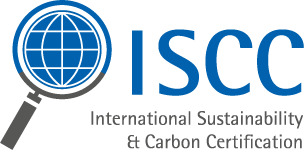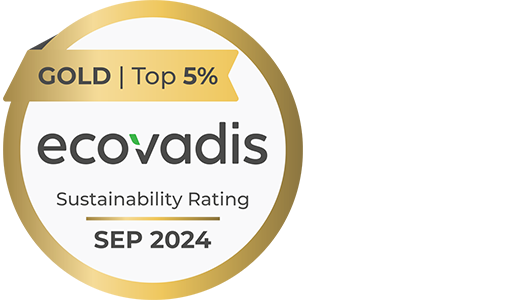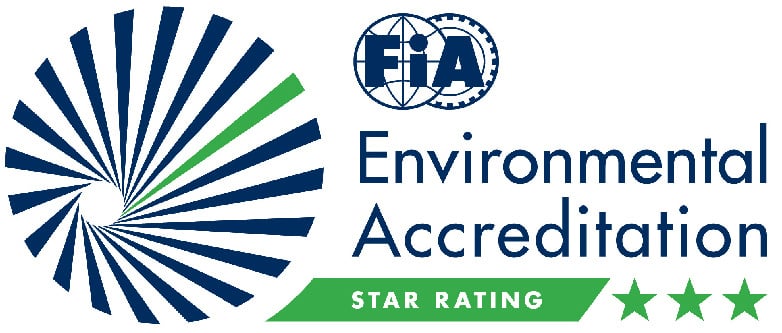Dr. André Rosehr

Recent Posts

Haltermann Carless Pentane: Tailor-made and ecologically beneficial
The insulation industry plays a crucial role in energy transition. More efficient insulation for refrigerators and freezers or even pipe insulation contribute to achieving our climate goals. Particular emphasis, however, is placed on building insulation. Improving energy efficiency in buildings is therefore crucial in achieving the ambitious goal of carbon-neutrality by 2050, set out in the European Green Deal. Find out here why this will only work with high-quality Pentanes and reliable suppliers.

Where is Pentane used? Overview of the different applications
Pentanes are mainly known as blowing agents for insulation materials. But they can do even more: the three isomers n-Pentane, iso-Pentane and Cyclopentane can each show their advantages in a wide variety of applications, either on their own or as a blend. In this article you can read about the differences between the three Pentane isomers and the applications in which they have proven to be particularly useful.
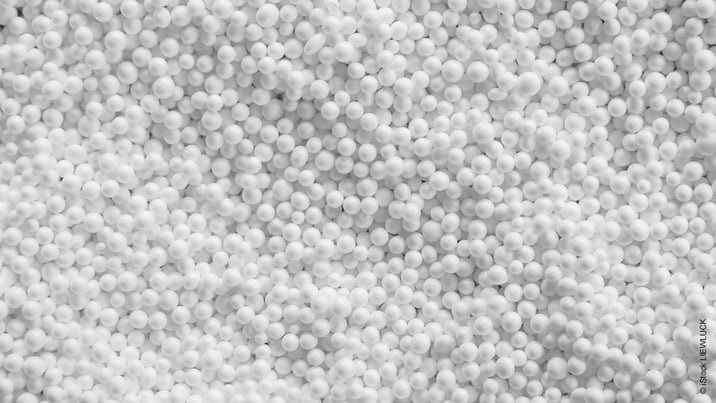
From styrene to polystyrene to the production of Styropor®
Polystyrene is a plastic polymer that is used in many areas of everyday life: be it for yogurt containers, packaging materials, toy bricks or for insulation purposes in building and construction. Probably the best-known use, however, is foamed polystyrene, also known as Styropor®. We have taken a closer look at this special material and answer questions about the production, properties, use and recycling of polystyrene in this article.

PU foam and PIR foam – production, use and recycling
The processing of polyurethane into a foam opens up various possible applications. As an all-rounder for sealing, bonding and insulating, PU is mainly used in the construction industry. The food industry also benefits from the good thermal and cooling insulation properties. In this article, you will learn all about the production of PU and PIR foam, the areas of application and how they are to be considered from an ecological point of view.

Polyurethane and Polyisocyanurate – a versatile plastic
Polyurethane surrounds us in almost all areas of life. Whether in shoes, surfboards or as a high-performance insulating material, polyurethane's versatility allows it to be used in a wide variety of forms and functions. In this article, learn what polyurethane is, how it is manufactured and how its properties can be adapted to individual needs.
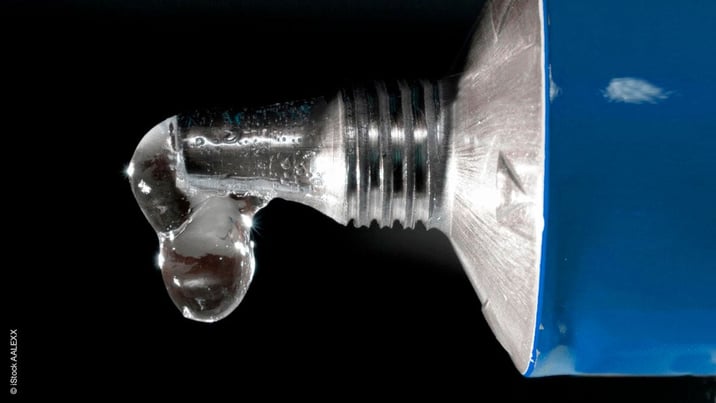
Paraffinic solvents for your special adhesives: What fits?
It is impossible to imagine our lives without adhesives. Due to the latest developments in this field, many things are no longer screwed or plugged in, but permanently bonded. This saves time, material and enables previously unknown applications and designs. In order to offer the market individual adhesives, the solvents required for the adhesives must also have special properties. Here you can get an overview of paraffinic solvents for your special adhesives.

Pharmaceutical industry: How to avoid contamination in solvents
Solvents play a major role in the pharmaceutical industry and are a key component in the production of active ingredients for drugs. Potential impurities are therefore a major problem and can lead to production downtime. Buyers in the pharmaceutical industry rely on high-purity solvents and observe the following points.
Latest Blog Posts
Topics
- Aerospace (7)
- Agrochemicals (7)
- Aromatic Solvents (8)
- Automotive Industry (5)
- Base Oil (3)
- Company (4)
- Construction (19)
- Digitalisation (3)
- Extender Oil (3)
- Food Industry (3)
- Fuels (6)
- Fuels Industry (3)
- GTL (1)
- Insulation (17)
- Middle Distillates (16)
- Paints, Coatings & Adhesives (5)
- Pentanes (29)
- Pharmaceutical Industry (11)
- Racing Fuels (2)
- Refrigerator Industry and Cooling Logistics (4)
- Silicone Sealants (1)
- Sites & Production (7)
- Solvents (16)
- Supply Chain (11)
- Sustainability (32)
- Sustainable Aviation Fuel (SAF) (9)
- Water Treatment (3)










